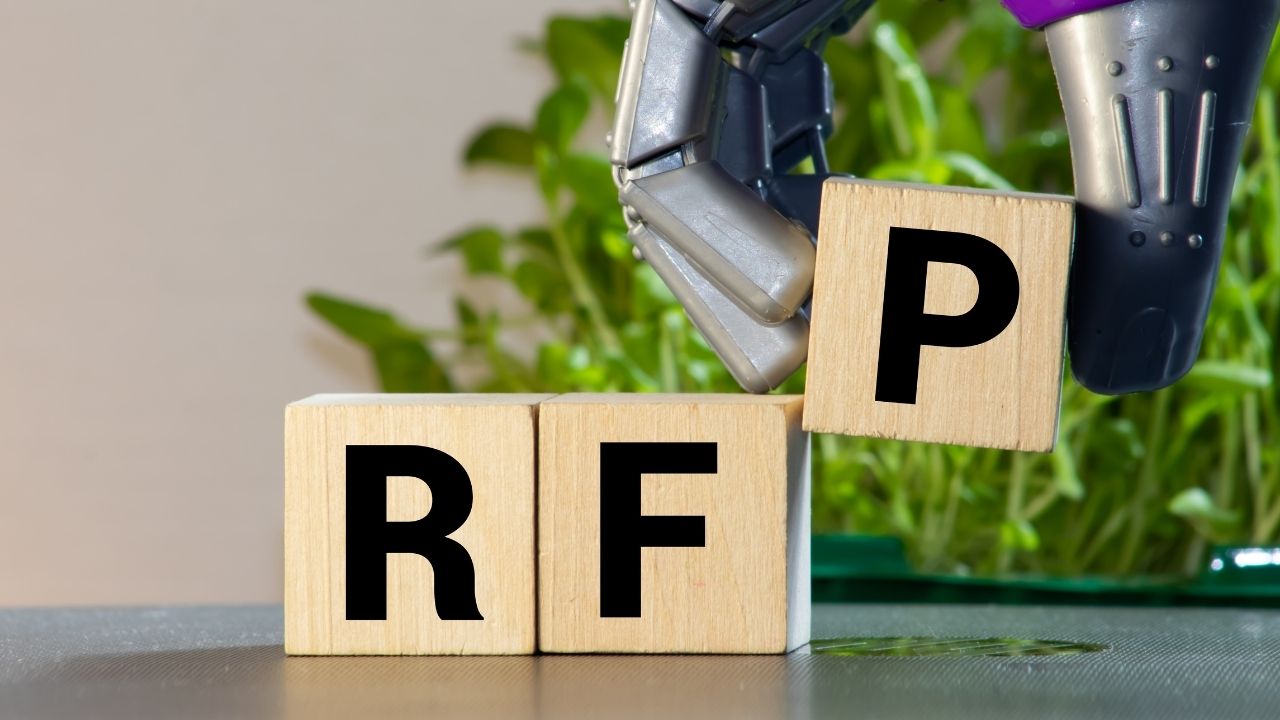RFP is crucial in business. Sometimes a less than good RFP process can hinder the procurement process. In that case, you will have to know what the problem is with the process and root it out. Here are some of the common issues that occur during the RFP process.
Your RFP should be unique. It should not be made out like all other RFPs and should focus on the uniqueness of your business. Make sure your RFP is not identical to others and stands out.
RFP should not be all about the budget. While the budget should be a part of the RFP, it should not boil down to the costs. Make sure to mention everything outside of the price that makes a supplier valuable.
Do not assume that buyers have all the answers. The RFPs have to be in a rigid structure. And that sometimes doesn’t give you the opportunity to expand the solution. Let the RFP accommodate outside-the-box thinking. Ditch the rigid form.
Buyers don’t always have the answers, and there may be alternative solutions. Another reason why RFPs fail is assumptions. In the bid responses, most of the time, you can find comments like “you already know this about us; you don’t need us to answer.”.
But in fact, you need to answer the questions if you want the relationship to expand and trust to evolve. Most of the time, advertising agencies, while doing the RFP process, beat around the bush while pushing their service. RFP is all about being crisp and clear. Use help of agencies like The Bid Lab that help people create the best RFP response for their businesses.
Get directly to the point. Do not make buyers go through unnecessary long paragraphs for a single sentence direct answer. There is plenty of scope to win many opportunities through RFP if you know how to use it smartly.
